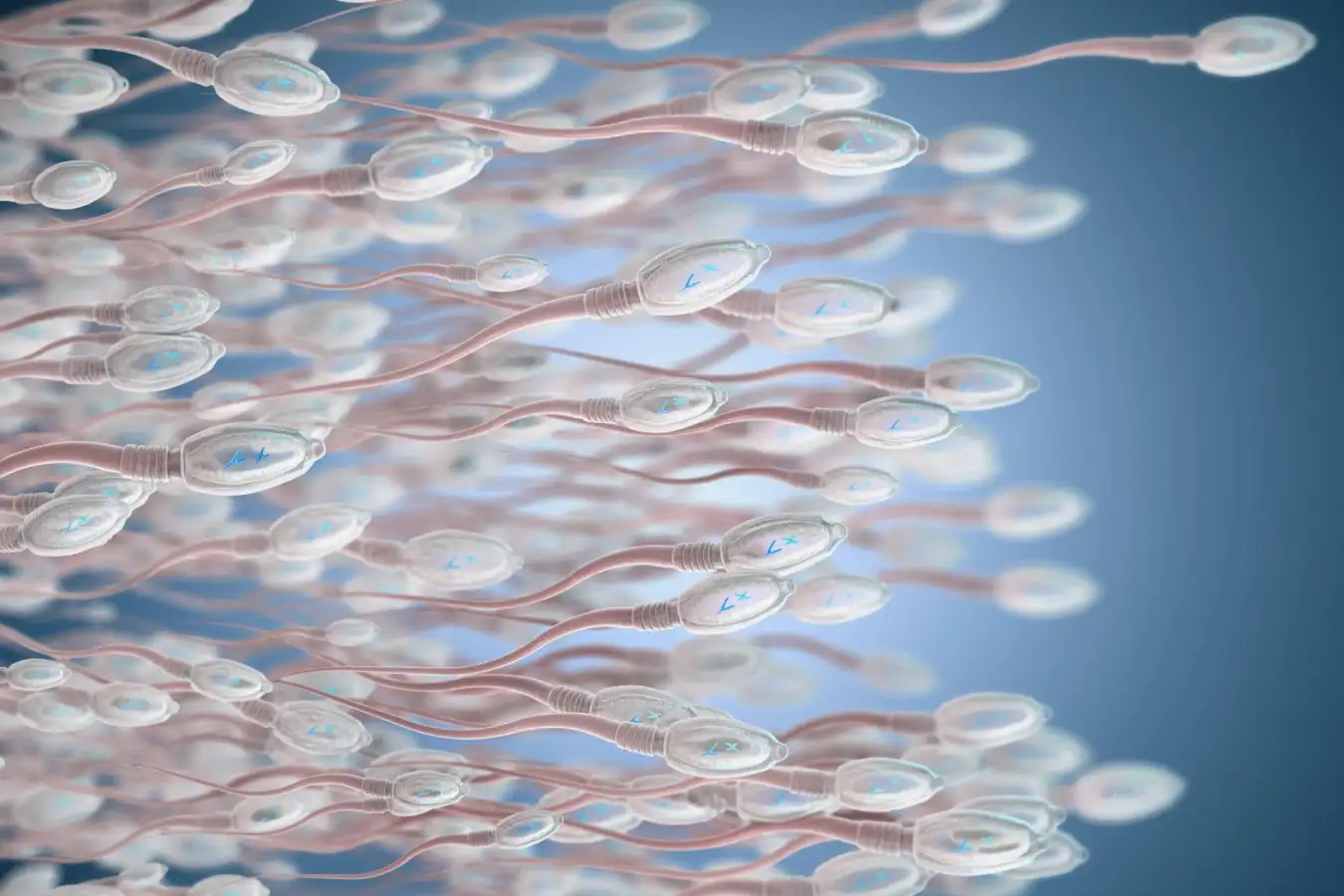
The swimming machinery of sperm has ancient origins
Christoph Burgstedt/Alamy
The evolutionary origin of sperm can be traced back to a single-celled ancestor of all living animals.
Almost all animals reproduce by having a single-celled stage of their life cycle, involving two types of sex cells, or gametes. Eggs are larger cells containing genetic material and the resources for early development, whereas sperm transport genetic material out of one body, locate an egg and fuse with it to create a fertilised zygote.
“Sperm carries the machinery that allows life to pass from one generation to the next,” says Arthur Matte at the University of Cambridge. “It retains traces of more than 700 million years of evolution and is likely tied to the origin of animals themselves. We wanted to retrace that long evolutionary story to understand where sperm came from.”
Matte and his colleagues used open-science datasets containing information about the proteins that make up sperm in 32 animal species, including humans. They then combined that data with the genomes of 62 organisms, including some single-celled groups related to animals, allowing them to trace the diversification of sperm across animal lineages.
They found that a “sperm toolkit” consisting of around 300 gene families made up the core genome of the last universal common sperm.
“We could see that a lot of the sperm machinery had major innovations even before multicellular animals existed, long before sperm themselves,” says Matte.
This suggests that the sperm machinery, “a flagellum pushing around a single cell”, had already evolved before multicellular animal life emerged, he says.
It implies our distant ancestors were once all single cells swimming in the ocean and the sperm toolkit first took shape in a swimming unicellular ancestor, long before animals existed.
“As animals developed multicellularity and cell specialisation, they did not invent sperm from scratch; they re-used the body plan of these swimming ancestors as a foundation for sperm,” says Matte. “In other words, sperm isn’t a flashy new invention of multicellular life; it is built on a unicellular body plan repurposed for reproduction.”
The study also revealed that the innovations that led to the immense diversity of modern sperm mostly altered the cell’s head, while the tail has changed little since the common ancestor.
There are many different modes of fertilisation, with some sperm meeting eggs inside a body and others swimming in the open ocean, says team member Adria LeBoeuf, also at the University of Cambridge. “Finding an egg in these different environments will be different and require different machinery,” she says. “But wherever you are, you’ll still need to swim, so the tail is quite conserved.”
“It’s a lovely example of how evolution works to reshape what’s there rather than inventing mechanisms from scratch,” says Jenny Graves at La Trobe University in Melbourne, Australia.
Topics:
Source link : https://www.newscientist.com/article/2505398-sperms-evolutionary-origins-go-back-before-multicellular-animals/?utm_campaign=RSS%7CNSNS&utm_source=NSNS&utm_medium=RSS&utm_content=home
Author :
Publish date : 2025-11-24 12:00:00
Copyright for syndicated content belongs to the linked Source.